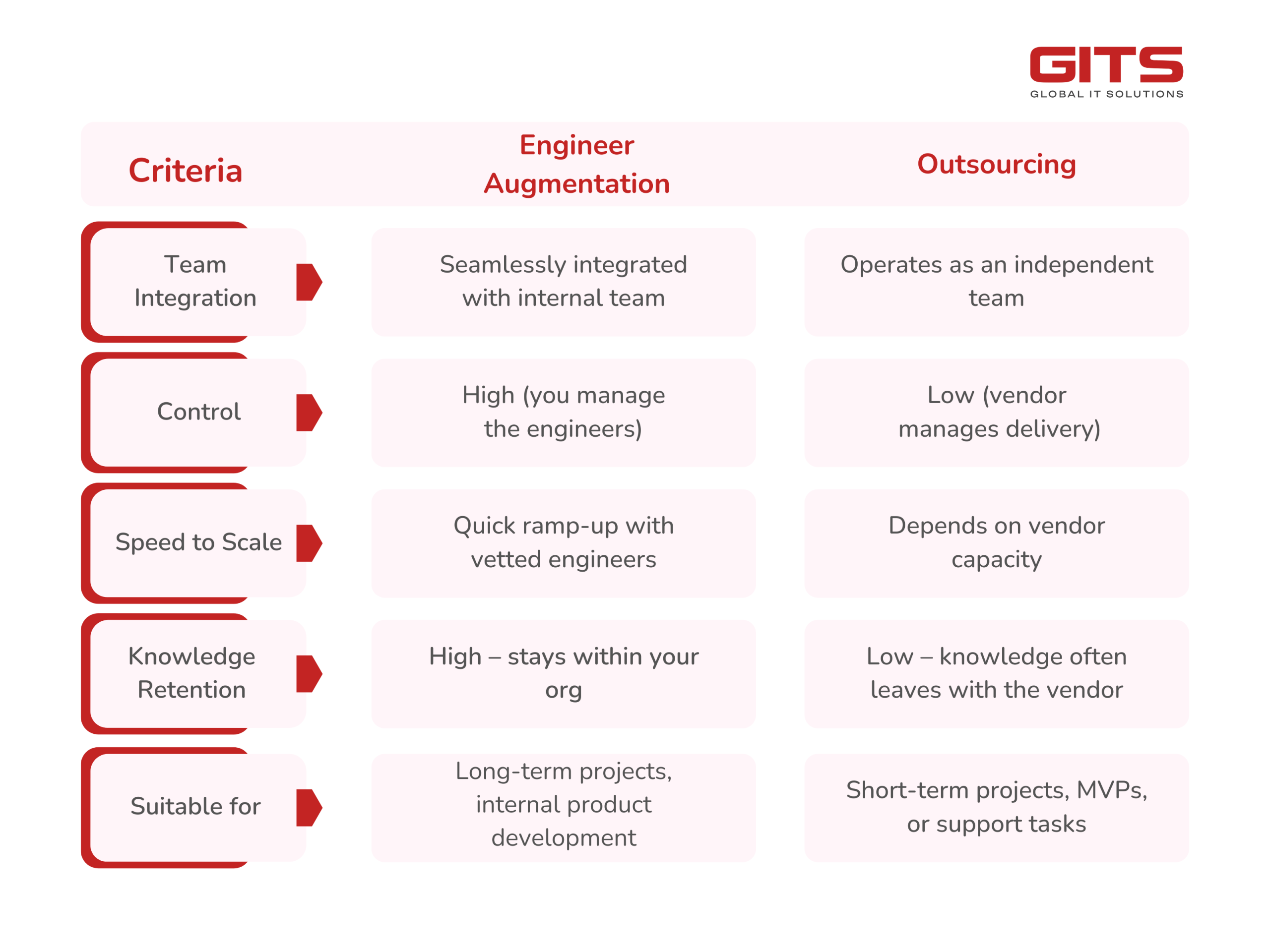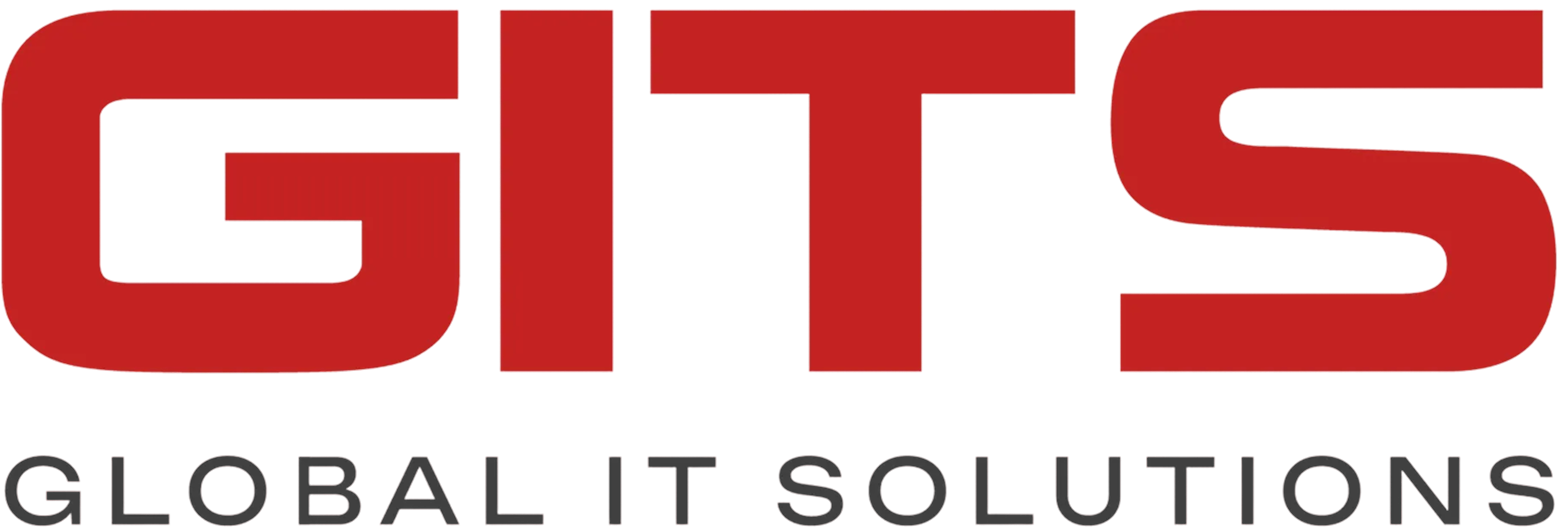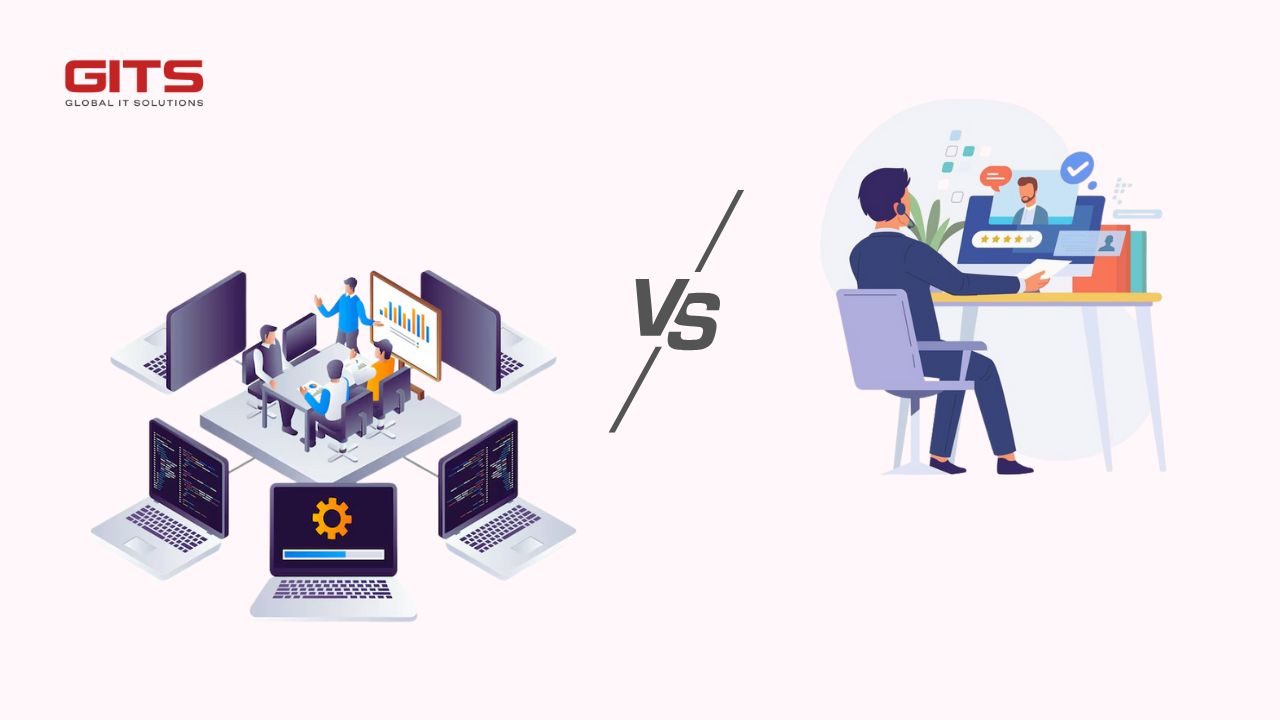As tech companies scale, it’s common for the demand for talented engineers to grow faster than what internal hiring can keep up with. To bridge that gap, many teams turn to either engineer augmentation or outsourcing—each with its own strengths depending on your goals, team setup, and timeline.
But how do you know which model is right for your project—or your business?
In this article, we’ll break down the differences between engineer augmentation and outsourcing, compare their pros and cons, and help you make a strategic choice that aligns with your product roadmap and developer experience (DX).
What Is Engineer Augmentation?
Engineer augmentation involves integrating external developers into your existing in-house team. These engineers work under your leadership, follow your processes, and align with your culture—essentially functioning as an extension of your team.
Key Benefits:
– Full control: You manage the talent directly, ensuring alignment with your standards and workflows.
– Faster onboarding: Augmented engineers adapt to your tools, culture, and codebase more easily than outsourced teams.
– Flexibility: Scale your team up or down based on project demands without long-term commitments.
What Is Outsourcing?
Outsourcing delegates entire projects or components to a third-party team. These teams operate independently, delivering results based on pre-defined requirements, timelines, and budgets.
Key Benefits:
– Turnkey delivery: Ideal for non-core or one-off projects where in-house oversight isn’t needed.
– Lower management overhead: Vendors handle recruitment, training, and delivery.
– Cost efficiency: Potential savings, especially when working with offshore or nearshore vendors.

When to Choose Engineer Augmentation
Your business needs engineer augmentation when:
– You want to maintain full control over development.
– Your internal team is stretched thin and needs reinforcements.
– You’re scaling a product with complex internal knowledge.
– DX and team cohesion are critical to your success.
When to Choose Outsourcing
Outsourcing works best when:
– You have a clearly defined scope and deadline.
– The task is outside your team’s core competency.
– You’re building an MVP or prototype on a budget.
– You want minimal involvement in team management.
Why GITS recommends engineer augmentation for scaling teams
At GITS, we’ve helped numerous tech companies scale efficiently through engineer augmentation. Our vetted developers integrate directly with your team, enhancing productivity without disrupting culture or DX. With a flexible engagement model and technical excellence, we bridge the gap between in-house development and rapid growth.
Not sure what’s right for you? Let’s talk! GITS will help assess your team’s needs and craft a solution that scales with your goals.
Conclusion
Both engineer augmentation and outsourcing offer unique benefits—but the best choice depends on your project requirements, team structure, and growth plans. If you’re aiming for seamless integration, long-term scalability, and better developer experience, engineer augmentation is often the more strategic path.
At GITS, we provide high-performing engineers who integrate seamlessly into your development process—empowering your team to move faster without compromising quality.
Let’s build together. Contact us today to find the perfect fit for your team.

















